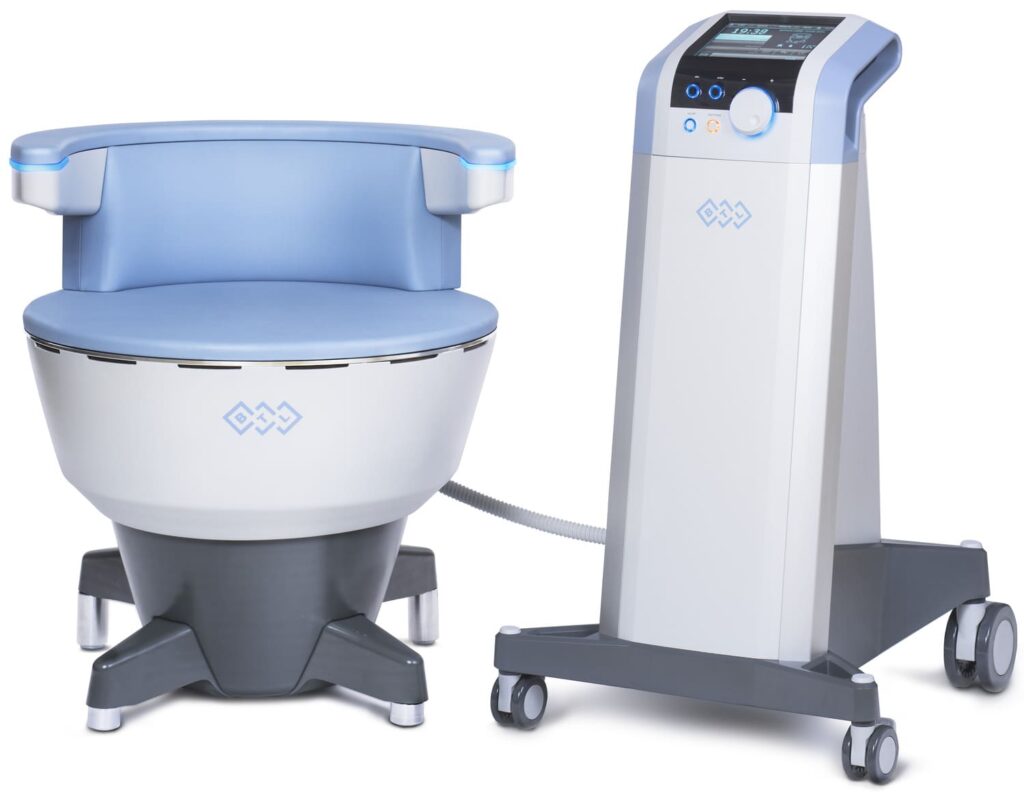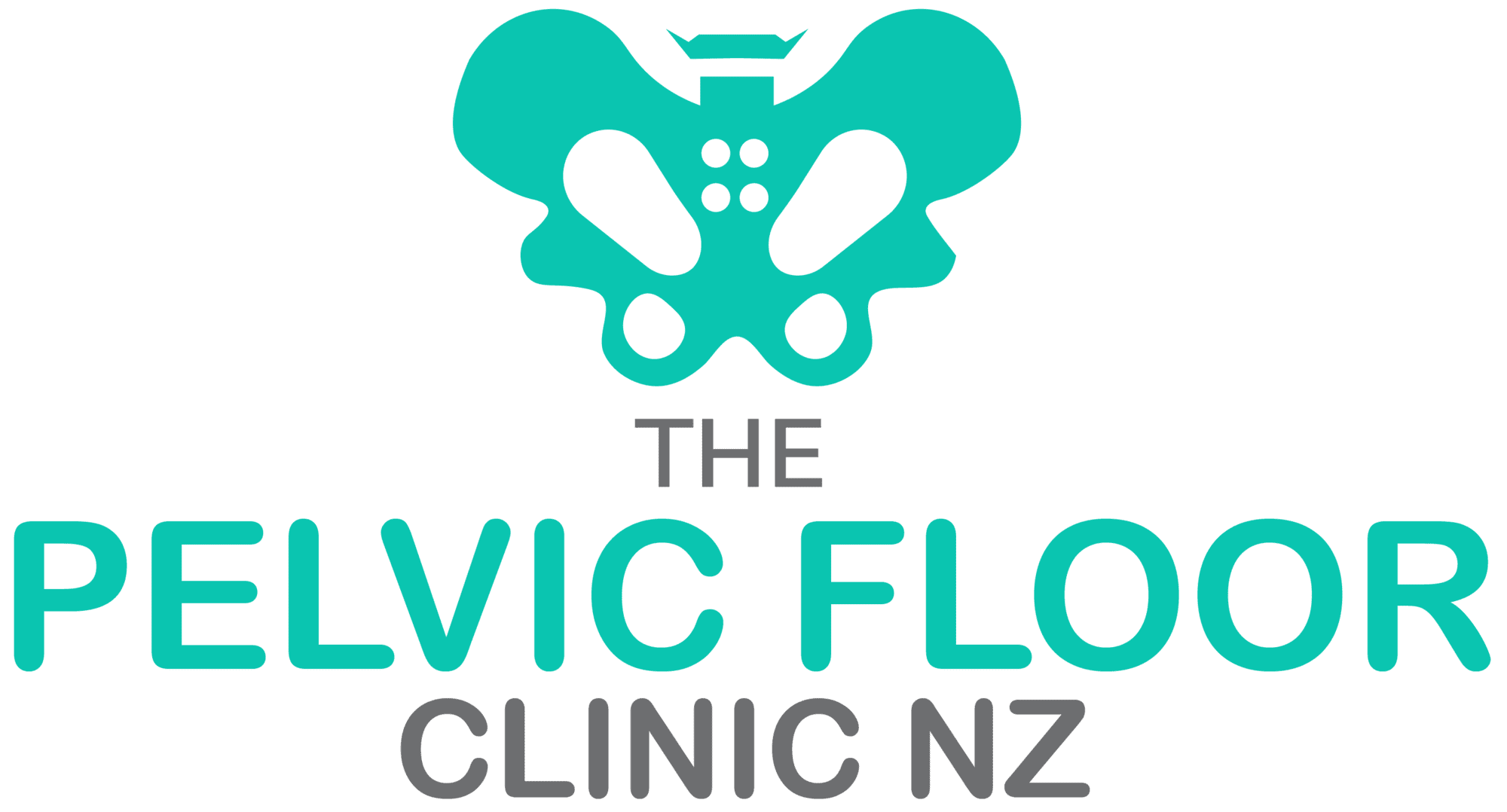Urinary incontinence and sexual dysfunction are deeply personal issues that can have a profound impact on a woman’s quality of life. They affect confidence, relationships, and overall well-being. Over the years, various treatment options have emerged, from pelvic floor exercises to invasive surgeries, but not all offer a comprehensive or long-lasting solution. High-Intensity Focused Electromagnetic (HIFEM®) therapy is changing this narrative by providing a non-invasive and highly effective option for managing these conditions.

A recent multi-center study published in the Journal of Women’s Health Care explored the impact of HIFEM therapy on urinary incontinence and female sexual function over 12 months. The results are not just promising—they are transformative.
Understanding the Challenges: Urinary Incontinence and Sexual Dysfunction

Urinary Incontinence (UI)
Urinary incontinence, or the involuntary leakage of urine, affects millions of women worldwide. This condition often arises due to weakened pelvic floor muscles, which can result from childbirth, aging, or hormonal changes like menopause.
Sexual Dysfunction
Female sexual dysfunction encompasses a range of issues, including difficulty with arousal, lack of desire, painful intercourse, and challenges in achieving orgasm. Like UI, these problems are frequently tied to the pelvic floor’s health.
While traditional treatments like Kegel exercises or hormone therapies can offer relief, they often require consistency and may not address underlying muscle weakness effectively.
What is HIFEM Therapy?
HIFEM (High-Intensity Focused Electromagnetic) technology uses electromagnetic pulses to stimulate deep pelvic floor muscles, inducing supramaximal contractions. These contractions are far more intense than those achieved through voluntary exercises, like Kegels. The result? A stronger, healthier pelvic floor capable of supporting bladder control and enhancing sexual function.
The Study: Examining HIFEM’s Efficacy Over 12 Months

Participants
This study involved 31 women aged 30 to 62 who reported both urinary incontinence and decreased interest or satisfaction in sexual activity.
Methodology
Each participant underwent a series of HIFEM treatments over a few weeks. The study then tracked their progress using standardized tools:
- ICIQ-UI (Urinary Incontinence Questionnaire) to measure UI symptoms.
- FSFI (Female Sexual Function Index) to assess improvements in sexual health.
Follow-ups were conducted at 12 months to evaluate long-term outcomes.
Key Findings at 12 Months
Urinary Incontinence Improvement
Participants experienced an average 68% improvement in UI symptoms. Many reported greater confidence in social and daily activities, with fewer worries about leakage.Enhanced Sexual Function
Sexual dysfunction scores improved by an impressive 51%, demonstrating that addressing pelvic floor health can have a significant impact on intimacy and satisfaction.Orgasmic Response
One of the standout results was a 62% improvement in the ability to achieve orgasm. This outcome underscores how a strengthened pelvic floor can enhance physical and emotional connection during sexual activity.Lubrication
Participants also noted a 47% increase in lubrication, reducing discomfort during intercourse and making intimacy more enjoyable.
Why HIFEM Works: A Holistic Approach
HIFEM therapy targets the root cause of both UI and sexual dysfunction—weak pelvic floor muscles. By stimulating these muscles and promoting stronger, more coordinated contractions, the therapy helps:

- Reinforce Bladder Control: Improved muscle tone reduces urinary leaks and urgency.
- Enhance Sexual Satisfaction: Stronger pelvic muscles improve blood flow, sensation, and responsiveness during sexual activity.
- Boost Confidence: Resolving these deeply personal issues can restore self-assurance and improve quality of life.
Patient Testimonials
Many women who participated in the study shared how HIFEM therapy transformed their lives:
- “Before HIFEM, I was constantly worried about leaks, even during simple activities like walking or laughing. Now, I feel free again.”
- “I hadn’t realized how much my pelvic health was affecting my intimacy. The treatments gave me my confidence back in more ways than one.”
- “The changes were gradual but undeniable. My partner noticed the difference too—it brought us closer together.”
Comparison with Traditional Treatments
HIFEM vs. Kegel Exercises
Kegel exercises are a common recommendation for strengthening the pelvic floor, but they require consistency and proper technique, which many find challenging to maintain. HIFEM delivers results in a fraction of the time with no effort from the patient.
HIFEM vs. Surgery
Surgical options for UI and sexual dysfunction are often invasive, expensive, and come with risks like infection or prolonged recovery time. HIFEM is non-invasive, painless, and has no downtime.
Who Can Benefit from HIFEM Therapy?
HIFEM therapy is ideal for women experiencing:
- Stress or urge urinary incontinence.
- Challenges with arousal, lubrication, or achieving orgasm.
- Weak pelvic floor muscles due to childbirth, aging, or menopause.
- Limited success with traditional treatments like Kegels.
The Future of Pelvic Health
The 12-month data from this multi-center study highlight HIFEM therapy’s potential to revolutionize the way we treat UI and sexual dysfunction. By offering a safe, effective, and non-invasive solution, HIFEM provides women with a renewed sense of control over their bodies and their lives.
As more research emerges, HIFEM is likely to become a standard recommendation for addressing pelvic floor-related issues, setting a new benchmark for pelvic health care.
FAQs
1. What does HIFEM therapy feel like?
During a session, you’ll feel gentle, rhythmic contractions in your pelvic area. It’s not painful, and many patients find it relaxing.
2. How many sessions are needed?
Most protocols recommend six sessions over three weeks, but your doctor may tailor the plan to your needs.
3. Are the results permanent?
While HIFEM offers long-lasting results, periodic maintenance sessions may be needed to sustain improvements.
4. Is HIFEM therapy safe?
Yes, it’s FDA-approved and non-invasive. Always consult a healthcare provider to ensure it’s suitable for you.
5. Can HIFEM address other pelvic health issues?
Yes, HIFEM is also effective for pelvic discomfort, postpartum recovery, and general pelvic floor strengthening.




